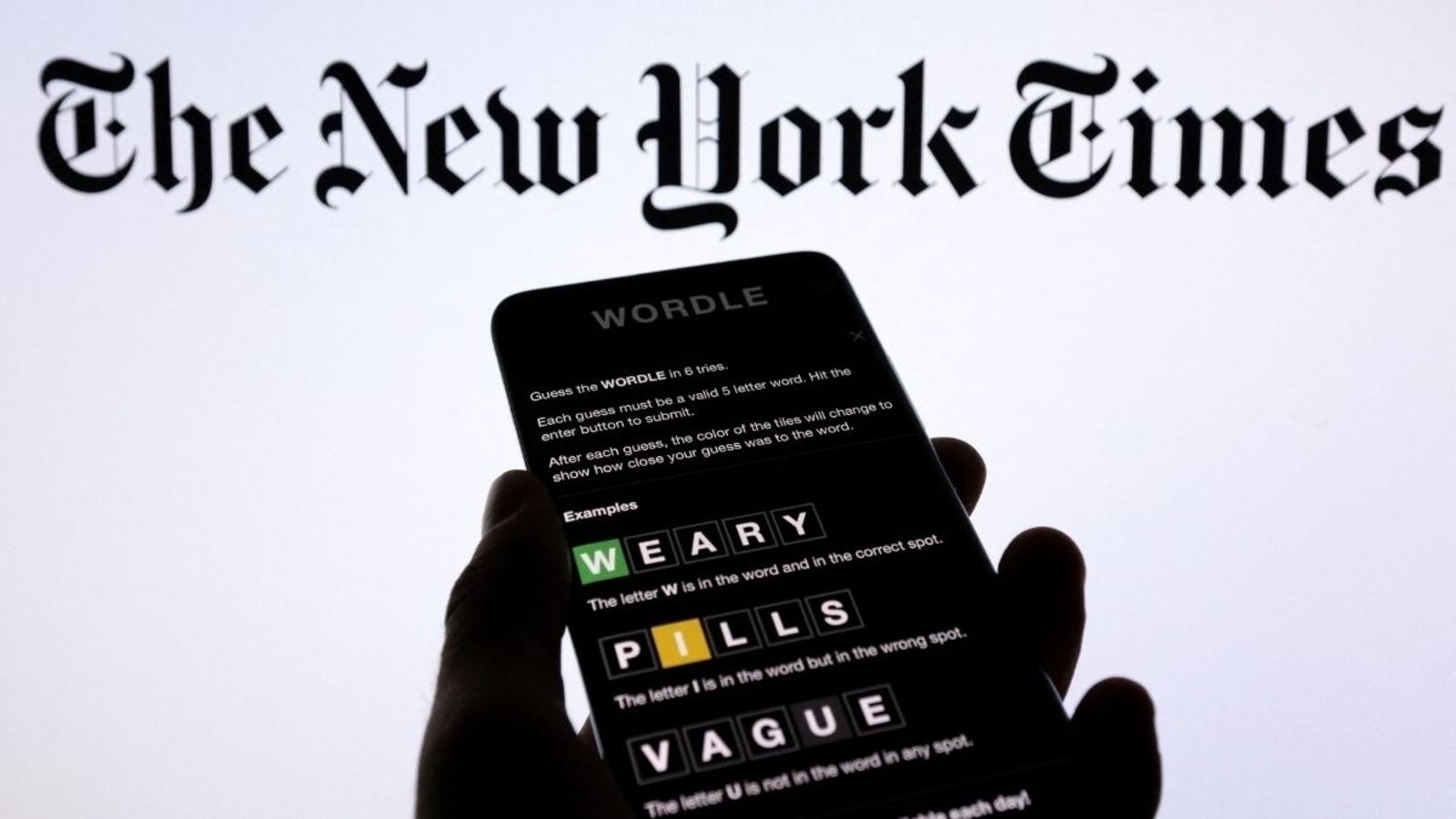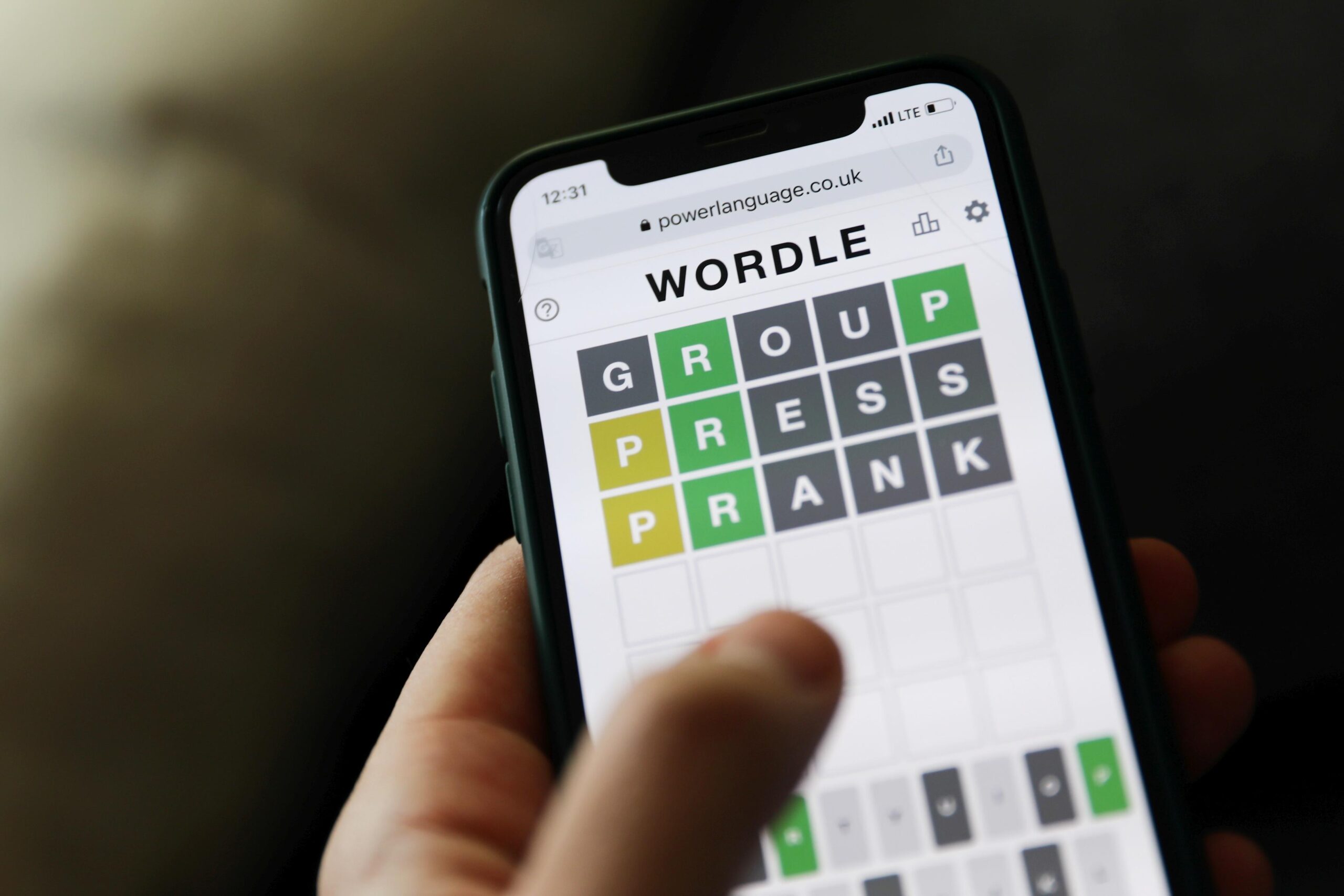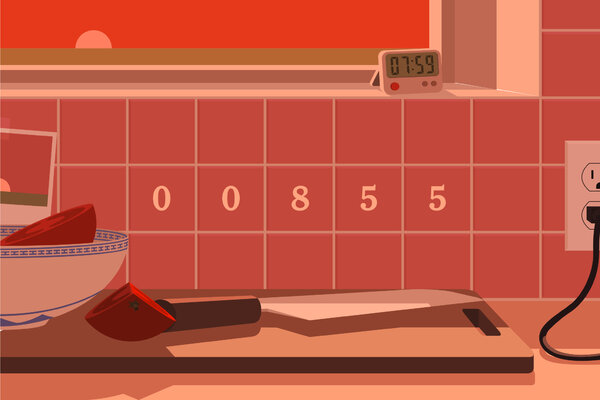
Introduction
Since its acquisition by the New York Times in January 2022, Wordle has become a cultural sensation, captivating millions of players around the globe. This simple yet addictive online word game challenges users to guess a five-letter word within six tries, gaining significant popularity during the pandemic as individuals sought new ways to engage socially from home. With its straightforward rules and daily challenges, Wordle has not only challenged players but also ignited discussions on language, strategy, and community engagement.
The Game’s Popularity Surge
Originating from a small, independent developer named Josh Wardle, Wordle quickly grew in popularity before being acquired by the New York Times Company. Following its transition, player numbers surged, with reports indicating that more than 2 million players were engaging with the game daily by the end of January 2022. The game’s design, which encourages players to share their results on social media without revealing the answer, has played a crucial role in word-of-mouth marketing, making it an irresistible challenge among friends and family.
Modern Wordplay and Community Interaction
Wordle’s gameplay promotes not only individual engagement but also collective interaction. Players often share their scores using a grid diagram representing their guesses, full of green (correct letters in the correct spot), yellow (correct letters in the wrong spot), and grey (incorrect letters). This sharing mechanism has allowed for a unique form of communication and friendly competition, creating a community of players who bond over their Wordle triumphs or failures.
The Broader Impact of Word Games
Wordle’s success has also sparked a revival of interest in word games, with similar titles and spinoffs flooding the app and gaming scene. From Quordle to Absurdle, various adaptations continue to emerge, showcasing the game’s widespread influence on casual gaming culture. This phenomenon emphasizes the significance of simple gameplay mechanics that captivate players without the need for complicated instructions or elaborate graphics.
Conclusion
As Wordle continues to evolve and attract new players, its significance in the digital gaming landscape cannot be understated. It reminds us of the power of language and puzzle-solving while providing a communal experience that resonates across various demographics. Looking ahead, the ongoing success of Wordle may very well influence how future word games are developed, embodying the blend of simplicity, creativity, and community interaction that defines modern gaming. For readers, participating in Wordle every day offers not just entertainment but also an opportunity to engage with a global community through shared experiences in language and fun.
You may also like
Unveiling Today’s Wordle: Tips and Strategies for Players

The Phenomenon of Wordle NYT: A Daily Word Challenge
